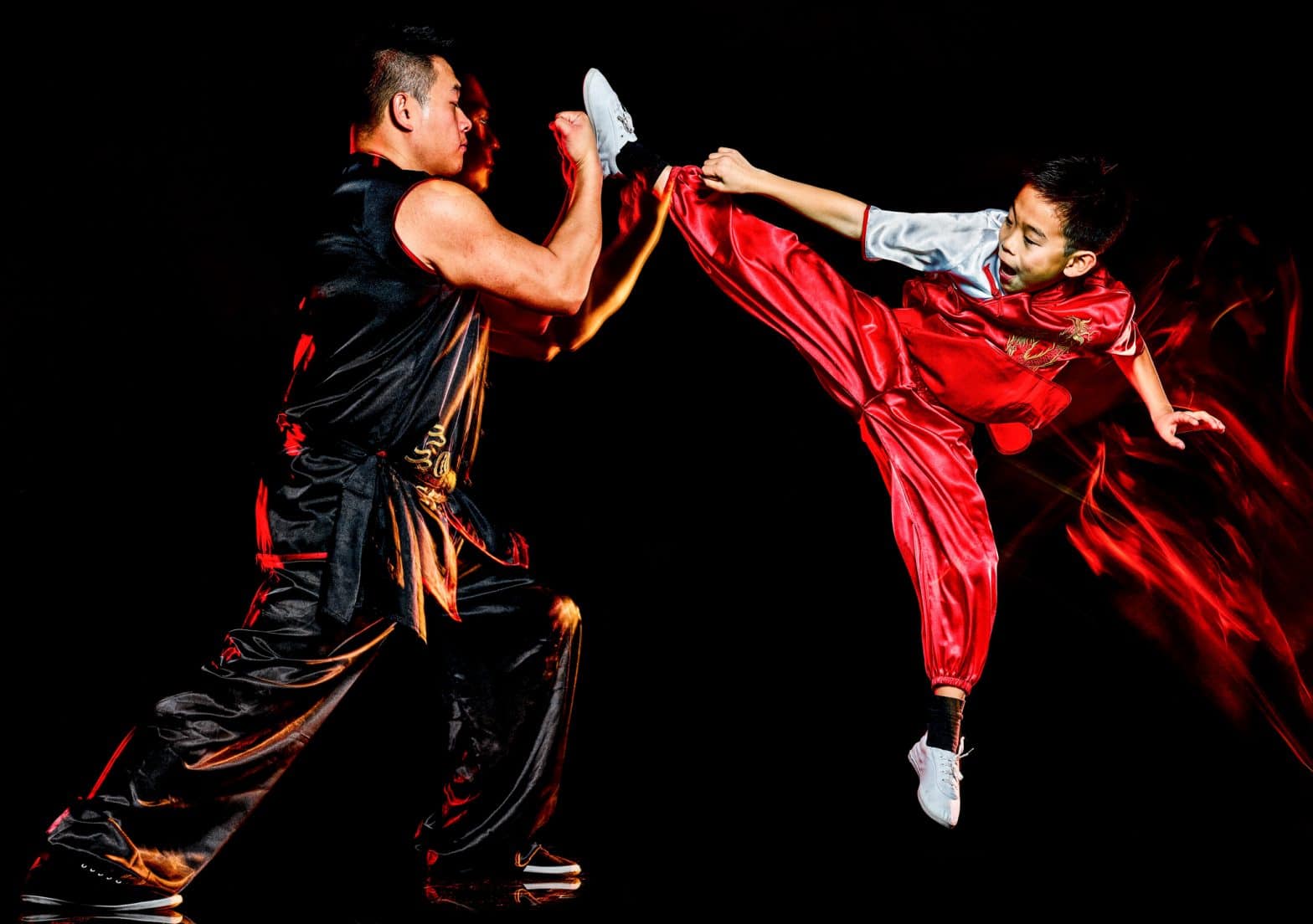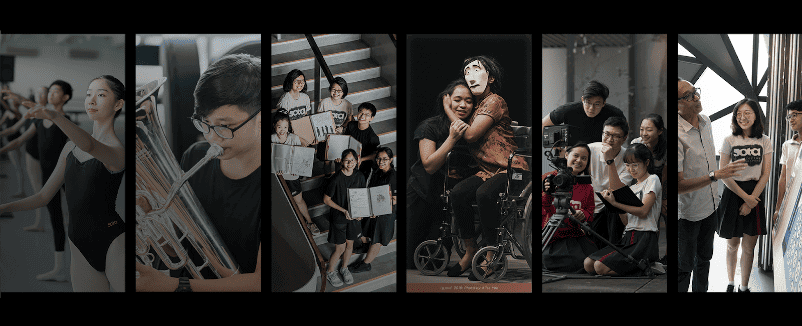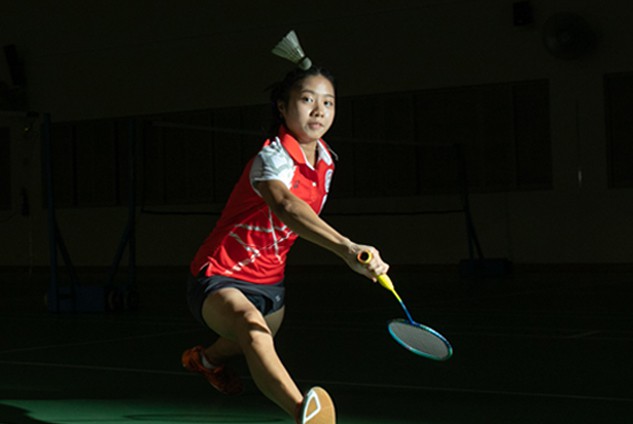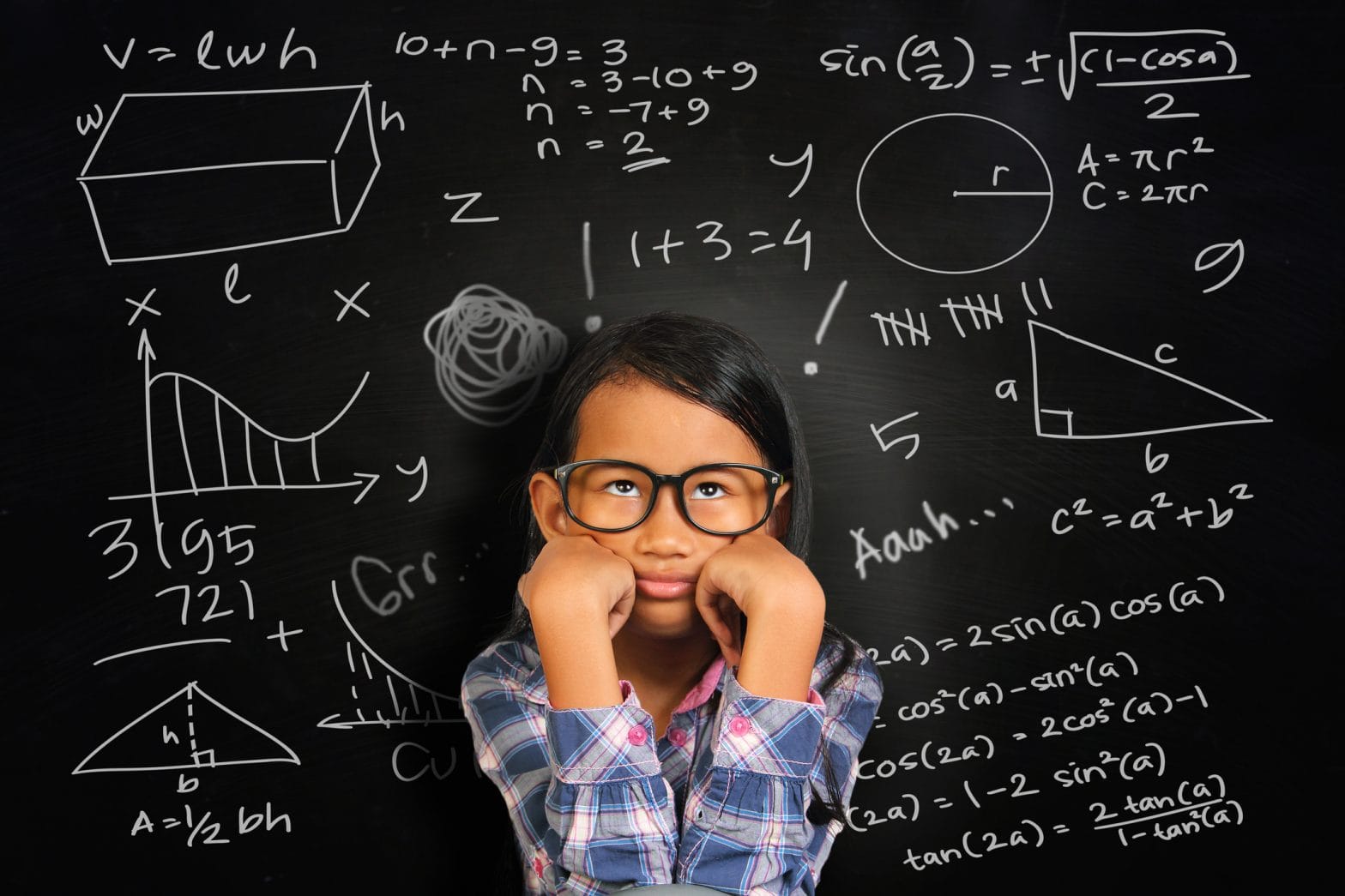
Guide Series: DSA for Secondary School

This guide provides comprehensive Information on DSA (Direct School Admission) process for secondary school.
Is your child interested in Chinese Orchestra? Let’s see what his Journey looks like.
- Written By Fu Jinxia
- Updated on
Articles In this Guide
Being multi-cultural and multi-racial, Singapore is a pleasant home to cultures from both the West and the East. The Chinese Orchestra plays a considerable role in bringing cultures from China (And other overseas Chinese communities) to life, and it definitely has its roots sunk deep in Singapore as well. With its beautiful, unique sound and rich history, the Chinese Orchestra has attracted many keen learners from a young age.
Introduction to the Chinese Orchestra
Originating from the ancient Shang dynasty, the modern Chinese orchestra has evolved to be modelled after the Western symphony orchestra. It comprises four sections: Bowed string, Plucked string, Wind, and Percussion.
The Bowed String section (similar to the string section in Western orchestras) includes several sizes of erhu-type instruments – gaohu, erhu, zhonghu, cello and double bass.
The Plucked String section is unique to the Chinese orchestra and includes instruments such as the liuqin, yangqin, pipa, zhongruan, daruan and guzheng. Plucked string instruments generally sound lively and charismatic, with overtones that have been said to mimic female voices.
The Wind section includes instruments like the dizi, sheng, and suona. This category refers to all instruments which are sounded by passing an airstream through a pipe. The tones are different for each instrument, and the playing techniques also differ (air passing through the holes, reeds, or reverberation of the lips).
The Percussion section of the modern Chinese orchestra consists of two main parts: Chinese Percussion and Western Percussion. Western percussion instruments commonly include the timpani, bass drum and snare drum. Chinese Percussion comprises many different types of gongs, cymbals and drums, such as the bangu and luo.
Also read : SYF and Other music competitions in Singapore
Chinese Orchestras in Singapore
Inaugurated in 1997, the Singapore Chinese Orchestra (SCO) is the country’s only professional Chinese orchestra. The SCO comprises more than 80 musicians, aiming to preserve traditional arts and culture and establish its unique identity by incorporating Southeast Asian cultural elements in its music.
Since its establishment, the SCO has toured various countries and cities across the world, including Beijing, Shanghai, Macau, Hungary, Germany, Italy and England. Aside from being well-known for its high-performance standards, the SCO widens its outreach by performing regularly at various national parks, communities and schools, seeking to inspire and educate the next generation of musicians.
Organised under the Ministry of Education’s (MOE) National Project of Excellence, the Singapore National Youth Chinese Orchestra (SNYCO) comprises young musicians aged 10 to 26. Every year, recruitment is open to tertiary and arts institutions and also mainstream primary and secondary schools. Currently, over 90 members in SNYCO between the ages of 10 and 26, representing more than 35 schools in Singapore, receive professional teaching under the guidance of 13 SCO musicians and have many opportunities to play in concerts locally and go on overseas concert tours. Their high quality of musicianship can be seen in the numerous awards that members attain in national competitions.
Members enrolled in mainstream secondary schools who have sustained involvement with SNYCO will have their participation recognised instead of a school-based Co-Curricular Activity (CCA), with the potential of receiving the highest CCA grades.
Chinese Orchestras in Primary Schools
Chinese orchestras are rather popular co-curricular activities (CCA) in mainstream (MOE) primary schools. Practices are usually held once a week, with the possibility of additional sessions during seasons with competitions like the Singapore Youth Festival. SYF is a biennial festival where school orchestras will be evaluated and given either a certificate of participation, accomplishment or distinction.
If your child is interested in Chinese Orchestra, Some of the primary schools with top rankings in terms of their performance include Pei Chun Public School, Nanyang Primary School, Tao Nan School, Yu Neng Primary School, and Poi Ching School. These schools will likely invest more in their training and provide more performance opportunities.
Chinese Orchestra for Direct School Admissions (DSA – Sec)
Many good mainstream secondary schools with the best rankings in the Chinese Orchestra, such as Dunman High School, River Valley High School, Chung Cheung High School, Raffles Girls School, and Catholic High School, accept students via DSA-Sec with Chinese orchestra as CCA. This falls under the “visual, literary and performing arts” category of the DSA programme.
Selection criteria and audition requirements vary from school to school. Still, schools are generally looking out for students who have participated in relevant competitions and obtained achievements in national and/or international competitions. Certification from recognised Chinese music institutes such as Nanyang Academy of Fine Arts will be good to have in their portfolio. Once their portfolio is approved, applicants will be shortlisted for auditions between late July and August.
Chinese Orchestra as a Competitive Path
Here are some music competitions for Chinese instruments that you may want to consider for your child:
Organised by the SCO, the SCMC is a biennial competition that aims to develop and celebrate young, talented musicians. There are two categories – solo and ensemble.
The solo category is further divided into 4 age categories: Junior – 12 years & below, Intermediate – 18 years & below, Senior – 35 years & below, and Grand with no age limit. Repertoire requirements range between categories, but there is generally one compulsory set piece to be performed on top of other pieces. Participants may compete in any of the following instruments: Dizi, Sheng, Suona, Erhu, Guzheng, Pipa, Yangqin and Zhongruan.
The ensemble category is further divided into 2 age categories – A (18 years & below) and B (no age limit). The ensemble may perform in any combination of Chinese musical instruments, which may vary depending on the instrumentation of the chosen pieces.
The NIMC was established in 2017 to bring together musicians and music lovers and occurs biennially. As of 2023, all categories of the NIMC Chinese Music Division are open for virtual competition only, which means that competitors are required to submit a video recording of their performance for assessment by the panel of established adjudicators.
There are various categories depending on each instrument, divided by age and/or non-professional or professional. Solo instruments offered include Pipa, Erhu, Banhu, Dizi, Guzheng, Pipa, Yangqin, Zhongruan, Liuqin, Suona, Sheng, Guqin, Chinese Percussion. There is also an ensemble and orchestra category in NIMC.
Besides participating in competitions, interested young musicians can audition to play in the national orchestras, starting with the SNYCO. Every year, recruitment is open to tertiary and arts institutions and also mainstream primary and secondary schools.
Applicants are required to prepare choice pieces, set pieces, etudes and sight-reading (during the audition), and they may also be interviewed during the audition. Please view more details here.
Loved Our Articles? Subscribes To Get Updates Directly To Your Inbox!
Explore Klassbook for more Chinese Music Classes in Singapore
To explore more classes, go through our list of Chinese music classes here. Why not start with a music trial class to gauge your child’s interest?
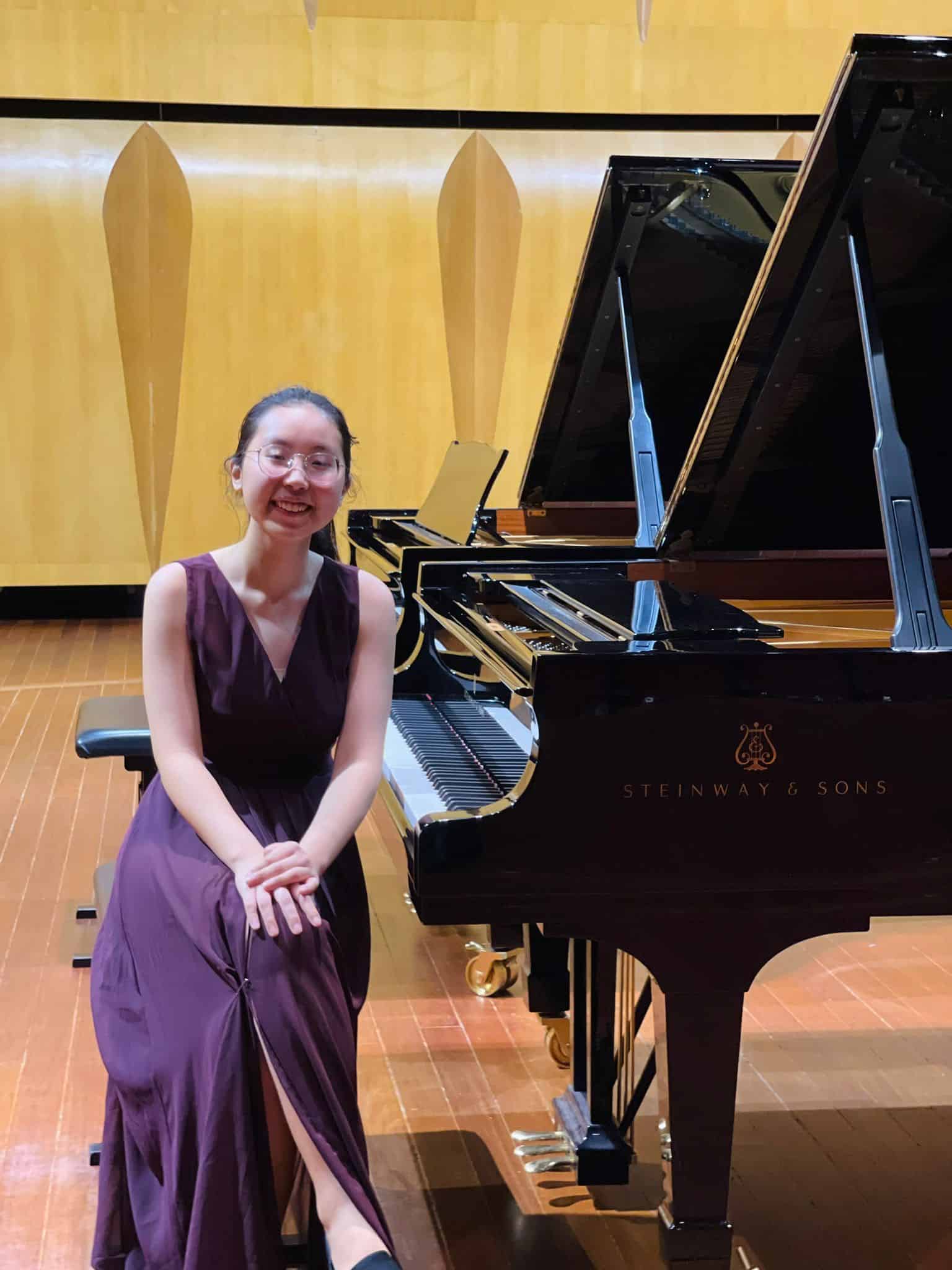
A musician at heart and a pianist by training, Lauren Fu is an active educator and performer in the music scene. Having taught a wide range of students from 4 to 60 years old, she strives to inspire others through her teaching and love for music! She believes in the transformative power of the arts and seeks to express herself through various art forms, be it performing, composing, or writing.
Loved Our Articles? Subscribes To Get Updates Directly To Your Inbox!
- New to DSA-Sec? Here are 5 Things You Need to Know
- DSA Interview and How to Ace It
- DSA Sec via football for your soccer lover kid
- Is DSA Soccer Only For Boys? Of Course, Girls Play Too
- SOTA – Everything You Need to Know About School of the Arts Singapore
- A Child’s Journey of Swimming in Singapore
- Singapore Sports School (SSP) – All that you need to Know about it
- Wushu in Singapore – A Child’s Journey
- Is your child interested in Chinese Orchestra? Let’s see what his Journey looks like.
- Is your child learning to play Piano in Singapore? Let’s see what their Journey looks like.
- A Child’s Sailing Journey in Singapore

